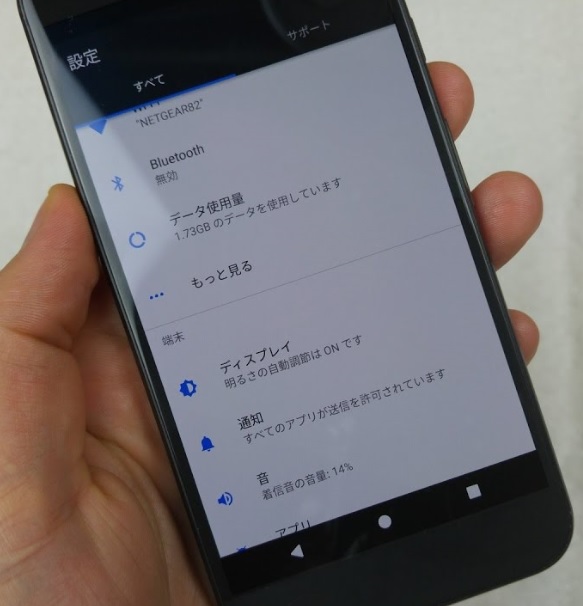If you’re a Google Pixel 6 or Pixel 6 Pro owner who has experimented with beta programs, custom ROMs, or rooted your device but now wants to return to the stable stock Android 12 firmware, you’re in the right place. In this comprehensive guide, we will walk you through the step-by-step process of reverting your Google Pixel 6 back to 100% stock firmware. Whether you’re familiar with using the Android flash tool or prefer the command prompt method, we’ve got you covered.
Why Revert to Stock Android Firmware?
There are several reasons why you might want to revert to stock Android firmware on your Google Pixel 6 or Pixel 6 Pro. Perhaps you participated in Google’s beta programs and want to return to the stable release, or maybe you experimented with custom ROMs and found that they weren’t for you. Whatever the reason, reverting to stock firmware ensures that you have a stable and reliable operating system on your device.
Prerequisites: Unlocking the Bootloader
Before we dive into the process, it’s important to note that unlocking the bootloader of your Google Pixel 6 is a prerequisite for manually flashing firmware files. If you haven’t already unlocked your bootloader, you will need to do so before proceeding with the steps outlined in this guide. Unlocking the bootloader allows you to modify the software on your device and is necessary for flashing custom firmware.
Method 1: Using the Android Flash Tool
The Android flash tool is a user-friendly web-based tool developed by Google that simplifies the process of flashing firmware on Pixel devices. It is an excellent choice for those who prefer a graphical interface and want a hassle-free experience. Follow the steps below to revert your Google Pixel 6 back to stock Android 12 firmware using the Android flash tool.
Also Read:
How to root Google Pixel 6 with Magisk 24.1?
Step 1: Download the Firmware
The first step is to download the firmware for your specific device model from Google’s Factory Image website. Make sure to select the exact firmware version that corresponds to your device. It’s also recommended to download the latest available firmware to ensure you have the most up-to-date version.
- Visit the Google Factory Images website.
- Locate and download the firmware for your Google Pixel 6 or Pixel 6 Pro model.
Step 2: Prepare for Flashing
Once you have downloaded the firmware, you are ready to begin the flashing process. Here’s what you need to do:
- Enable developer mode on your Google Pixel 6 by going to Settings > About phone and tapping on the Build number seven times.
- Enable USB debugging and OEM unlocking by going to Settings > System > Advanced > Developer options and toggling the corresponding options.
- Connect your Google Pixel 6 to your PC using a USB cable.
Step 3: Launch the Android Flash Tool
- Open Google Chrome on your computer and visit the Android Flash Tool website.
- Click on the Get Started button to launch the Android Flash Tool.
- A pop-up will appear asking for permission to access ADB. Click on Allow to grant access.
Step 4: Add and Connect Your Device
- On the Android Flash Tool page, click on the Add new device button at the bottom of the window.
- A new pop-up window will appear, listing your connected devices. Select your Google Pixel 6 from the list and click on the Connect button.
Step 5: Wipe Data and Lock Bootloader (Optional)
- Once your device is connected, you will see it listed in the Selected device window.
- If you want to perform a factory data reset and wipe all data on your device, select the Wipe data option. Note that this will erase all your personal data, so make sure to back up any important files before proceeding.
- If you want to lock the bootloader after flashing the firmware, you can select the Lock bootloader option.
Step 6: Install the Firmware
- Click on the Install Build button at the bottom of the window to start the flashing process.
- A pop-up window will appear, confirming your selections. Review the information and click on the Confirm button to proceed.
Step 7: Wait for the Flashing Process to Complete
- Your device will automatically power off and boot into fastboot mode. This is normal and part of the flashing process. The Android flash tool will take care of the rest.
- The flashing process may take some time, so be patient and avoid disconnecting your device or interrupting the process.
- Once the flashing process is complete, your Google Pixel 6 will reboot on its own and boot back into the Android operating system.
- It’s important to note that the first boot after flashing may take longer than usual, as the device performs a factory data reset. Allow the device to complete the boot process.
Step 8: Set up Your Device
- When your device boots back into Android, you will see the Android activation page. Follow the on-screen instructions to set up your device as you normally would.
- Once the setup process is complete, you can unplug the USB cable and begin using your Google Pixel 6 with the stock Android 12 firmware.
Method 2: Using the Command Prompt
If you prefer using the command prompt and have experience with ADB (Android Debug Bridge), you can also revert your Google Pixel 6 back to stock Android 12 firmware using this method. Here’s how:
Step 1: Download the Firmware
Follow Step 1 in the previous method to download the firmware for your Google Pixel 6 or Pixel 6 Pro from the Google Factory Images website.
Step 2: Enable Developer Mode and USB Debugging
- Enable developer mode on your Google Pixel 6 by going to Settings > About phone and tapping on the Build number seven times.
- Enable USB debugging by going to Settings > System > Advanced > Developer options and toggling the USB debugging option.
Step 3: Connect Your Device to Your PC
- Connect your Google Pixel 6 to your PC using a USB cable.
- Open a command prompt or terminal window on your computer.
Step 4: Boot into Fastboot Mode
- In the command prompt or terminal window, enter the following command to boot your device into fastboot mode:
adb reboot bootloader
- Your device will boot into fastboot mode, and you will see the fastboot screen with the Google logo.
Step 5: Flash the Firmware
- In the command prompt or terminal window, navigate to the folder where you downloaded the firmware files.
- Enter the following command to flash the firmware:
fastboot flashall
- The flashing process will begin, and you will see the progress on the command prompt or terminal window.
- Once the flashing process is complete, your Google Pixel 6 will automatically reboot.
Step 6: Set up Your Device
- Follow Step 8 in the previous method to set up your device after it has rebooted.
Conclusion
Reverting your Google Pixel 6 back to stock Android 12 firmware is a straightforward process that ensures you have a stable and reliable operating system on your device. Whether you choose to use the Android flash tool or the command prompt method, follow the steps outlined in this guide, and you’ll be able to return to stock firmware in no time. Remember to back up any important data before proceeding and ensure that your device’s bootloader is unlocked. Enjoy your Pixel experience with the stable stock Android 12 firmware!
If you have any difficulties or encounter issues during the process, refer to our comprehensive “How To” page for solutions to common problems. Feel free to leave a comment below if you have any questions or need further assistance.
Experiencing difficulties with your Device, check out our “How To” page on how to resolve some of these issues.





